Hip flexibility is reduced since we sit for long periods of time every day. These muscles become less flexible, which limits mobility and might cause pain. These alterations to our motions have an effect on other parts of our bodies, which in turn influence our gait. If you’re having trouble stretching out your main muscle groups, some yoga positions may assist.
One of these yoga positions is bhadrasana. A sitting posture is what it is. To learn more about the advantages of Bhadrasana, let’s keep reading.
What is Bhadrasana?
One word, Bhadra, plus another, asana, make up the term Bhadrasana. The name “bhadrasana” comes from the Sanskrit words “bhadra,” meaning “firm” or “auspicious,” which are synonyms for the yoga pose. This is a great position for meditation. If you want to improve circulation in your pelvis (the area between your belly button and your thighs), this is the asana for you.
How do I perform Bhadrasana?
Sitting in a straight line with your back, neck, and legs stretched out in front is the yoga posture known as bhadrasana. Place your palms and hips on the floor in a relaxed position. The next step in achieving the bhadrasana posture is as follows:
- Put some space between your feet so that your perineum and buttocks can lie flat on the floor.
- Next, bring the insides of both feet together by folding them at the knees.
- Stretch out your knees as much as you can, but don’t overdo it.
- Hold your hands over your toes and let out a long breath.
- As you take a deep breath in, bring your heels as close as you can to the area between your thighs, which is called the perineum. This position is the last one.
- Hold this posture while breathing normally for a while.
To make it easy, put a padded cushion under your knees for support if you are unable to bring your thighs to the floor or even get them relatively near the floor.
Also Read: Exploring the Benefits of Aerial Yoga in Goa
What are the Benefits of Bhadrasana?
Bhadrasana, like many other yoga asanas, has helped people for a long time and in many ways. Here are a few of them:
1. Bhadrasana’s Positive Effects on Heart Conditions
If you want to reduce your risk of cardiovascular disease, the American Heart Association suggests making healthy food, regular exercise, and meditation a priority. Elevated cholesterol and blood pressure are risk factors for cardiovascular diseases, which include a variety of conditions affecting the heart and blood vessels. Helping with these two disorders and reducing mental tension can be achieved through appropriate yoga practices. In order to find out which yoga techniques are good for heart health, Karunaratne HK performed a literature review based on the Hatha Yoga Pradipika. Asanas and yogic movements, such as stretching muscles, were associated with Hatha Yoga, which the research suggests may be beneficial for cardiovascular disease. Asanas like Bhadrasana may have similar effects and contribute to heart health maintenance. 6
2. Bhadrasana’s Positive Impact on Weight Management
Research by Chauhan et al. in 2017 indicated that bhadrasana practitioners had a lower body mass index (BMI; weight in kilograms divided by height squared) after just one month of practice. This finding suggests that bhadrasana may have an effect on reducing fat deposits in the adipose tissue. Additionally, their research suggested that bhadrasana and other yoga asanas could be useful in reducing obesity-related comorbidities as part of yoga therapy.
3. How Bhadrasana Can Help You Deal With Stress
Both the body and the mind can benefit from practicing Bhadrasana. 2 According to research by Chauhan et al. published in 2017, asanas like bhadrasana have the potential to reduce stress and quiet the mind. It has the potential to normalize and stabilize the part of our nervous system that regulates stress. 7
4. Bhadrasana Helps with Heart Rate and Blood Pressure
Bhadrasana and similar asanas help to lower the heart rate due to the straightening of the spine. In turn, this lessens the strain on the heart as it fights gravity to deliver blood to the brain. This results in a reduction of both heart rate and cardiac output, which in turn controls blood pressure.
5. Bhadrasana’s Positive Effects on Women’s Stress and Urinary Incontinence Management
Bhadrasana may be useful for building stronger pelvic floor muscles, which are located between the thighs and include the muscles that support the urinary tract, genitalia, rectum, buttocks, and vagina, as stated in Yogic texts. According to their findings, bhadrasana and similar asanas can help alleviate symptoms of stress urinary incontinence (SUI) by strengthening the pelvic floor and abdominal muscles.
6. Maintaining physical and mental stability may benefit from this.
Possible benefits include reduced menstrual cramps and improved fertility as a result of increased strength in the pelvic floor muscles.
7. Maintaining an upright posture may help strengthen your back.
It has the potential to alleviate constipation, peptic ulcers, acid reflux, and other gastrointestinal issues.
Although regular yoga practice has many potential health benefits, it is not a replacement for conventional medical care. No medical issue can be adequately addressed with yoga on its own. It is imperative that you seek the advice of a trained medical professional who can accurately diagnose your illness. In addition, if you want to learn yoga safely, you should only do it in a classroom with an experienced instructor.
Conclusion
Bhadrasana is a seated yoga stance that promotes mental and physical relaxation. This asana was likely practiced in ancient times, according to archaeologists. For illnesses including obesity, high blood pressure, stress, urinary incontinence, cardiovascular disorders, and more, it is essential to practice this bhadrasana yoga posture with the assistance of an expert. So, with consistent practice, it can be a path to better health and less stress.


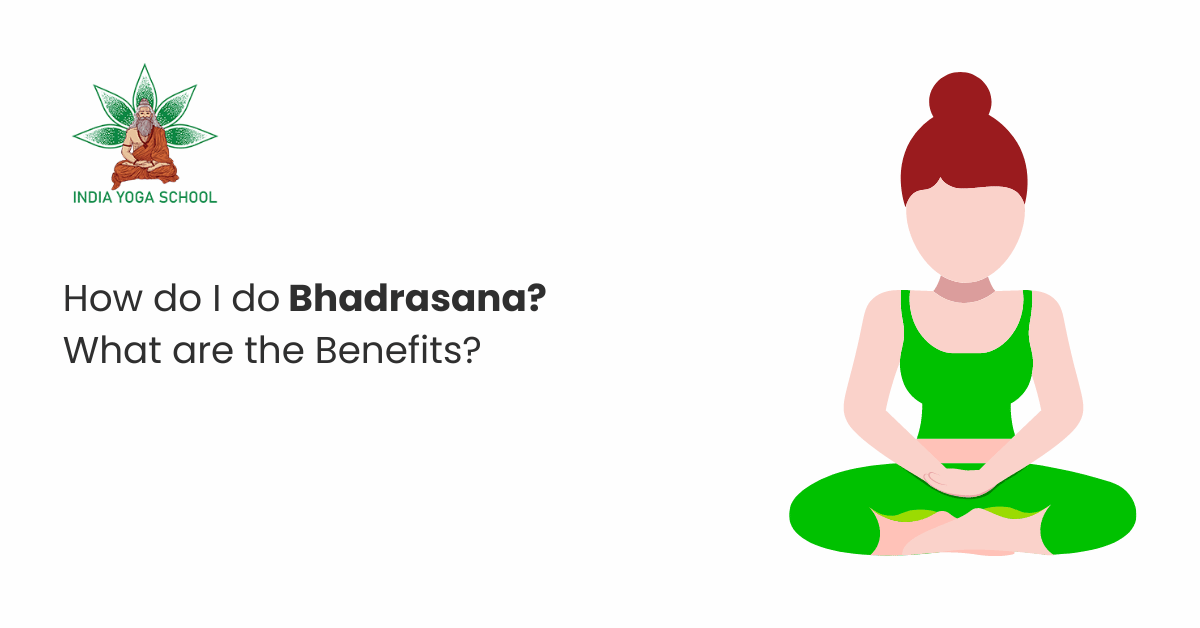
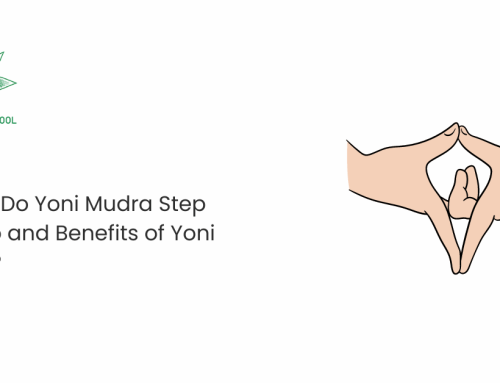
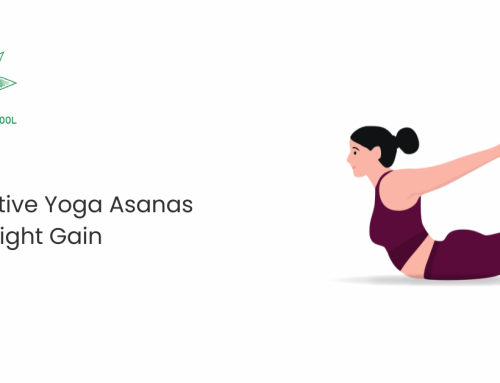
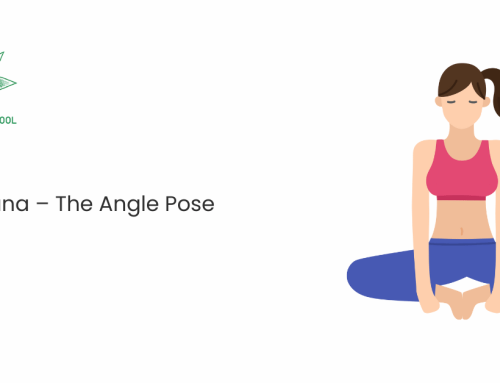
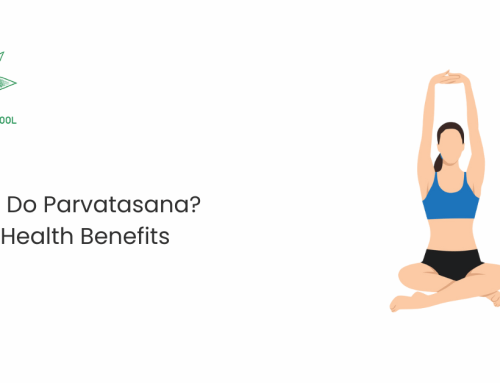
Leave A Comment